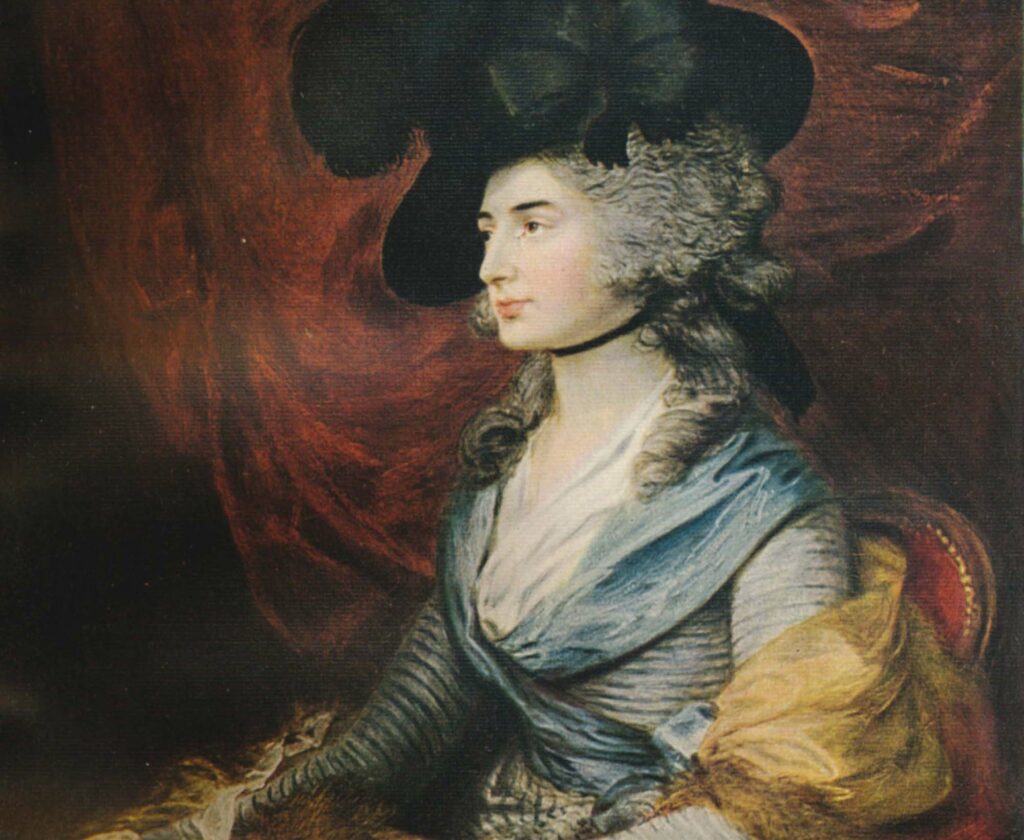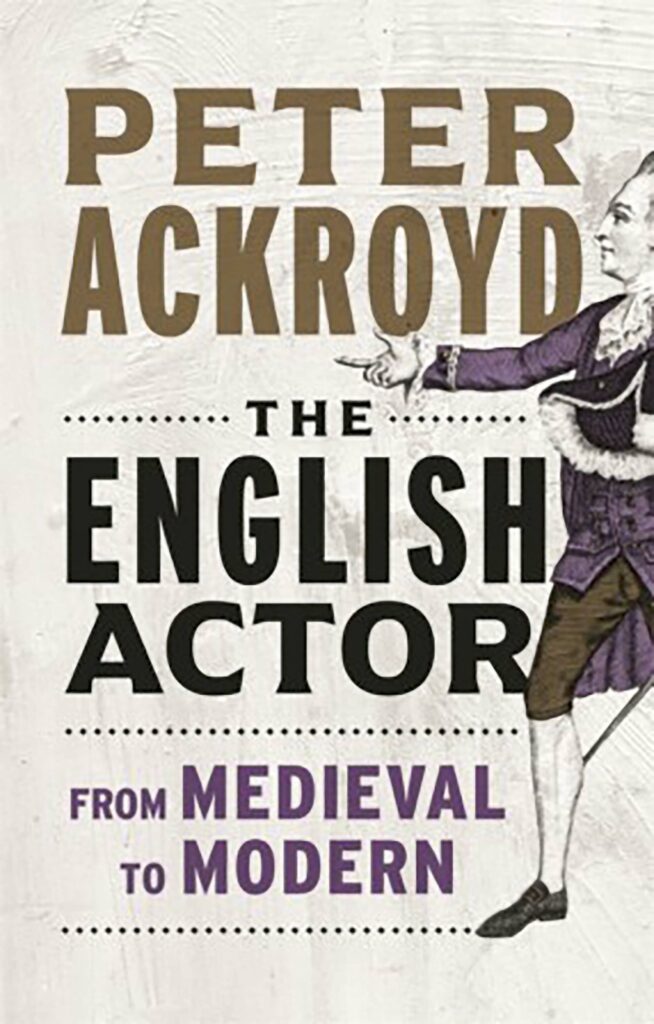CULTURAL
Lighting up the stage
Stephen Unwin is enthralled by a survey of English thespians, the subjects ranging from medieval talents to the greats of the 21st century

“Acting is merely the art of keeping a large number of people from coughing,” declared the sublime actor Ralph Richardson. His wry line suggests just how hard it is to say anything of substance about this most ancient of art forms. Unlike the playtext itself, a performance leaves behind no trace except in the memory of individual audience members or in the frankly idiosyncratic opinions of theatre critics.
Peter Ackroyd’s study of the English actor from medieval times to the modern day doesn’t entirely solve this problem. What it does do, however, is showcase an astonishingly expansive cast of leading actors and actresses through the centuries, giving an inkling of what it might have been like to be in their company and watch them at their best. Thus he recounts how the great Elizabethan actor Edward Alleyn played an astonishing seven different parts in 14 days, and reveals how his performance of Marlowe’s Doctor Faustus was so potent that it was said the devil himself appeared on stage. In detailing the arrival of actresses following the Restoration, he describes how Nell Gwyn’s “vitality and vivacity swept her triumphantly on to the stage”.
Ackroyd is especially strong on the great arc of acting in England that extended from David Garrick and Sarah Siddons in the 18th century, through the likes of Edmund Kean (of whom Coleridge said that watching him act was “like reading Shakespeare by flashes of lightning”) in the early 19th century, onto the two towering figures of the Victorian stage, William Macready and Henry Irving. The latter once boasted to Ellen Terry that: “For an actor who can’t walk, can’t talk and has no face to speak of, I’ve done pretty well.”
“Edward Alleyn’s performance of Doctor Faustus was so potent it was said the devil himself appeared on stage”
The panorama gets more crowded as the book moves into the 20th century. We hear how actors had to increasingly balance their enthusiasm for live theatre with the competing demands of film and television. The legendary quartet of Laurence Olivier, John Gielgud, Ralph Richardson and Peggy Ashcroft are dispatched effectively, but it’s especially touching to see Ackroyd’s evident admiration for a younger generation. Thus Mark Rylance’s acting is described as “human in the way that it is vulnerable, fallible and recognisable”. When Simon Russell Beale goes “into whatever dark crevices or on to what whirring carousels he ventures, he makes you his companion”. Ackroyd is insightful, too, about Sophie Okonedo: “There is no ‘join’, no seam, in her acting. A quiet, heavy, bored cast of expression might leap into tigerish rage, her neck and face becoming all sinew and teeth. Then, as pain intrudes, the pillars under her cheeks collapse, the blazing eyes dim. She begins – and there is no other word for this – to vibrate with grief.” If only he could have witnessed earlier great actors in their prime.
The book’s extensive biographical research occasionally lapses into pedantry (do we need to learn all the names of Ralph Nathaniel Twisleton-Wykeham-Fiennes?) and Ackroyd could have been nimbler in exploring the elusive and shifting claims of naturalism in acting. But his handsomely published and authoritative book stands as an invaluable account of an art form at which the English have so long excelled.
Stephen Unwin is a director and writer. His latest book is Poor Naked Wretches: Shakespeare’s Working People (Reaktion, 2022)

The English Actor: From Medieval to Modern
by Peter Ackroyd
Reaktion, 400 pages, £20
All products were chosen independently by our editorial team. Below is an affiliate link, and we may receive a commission for purchases made. Please read our affiliates FAQ section underneath the Letters page to find out more.